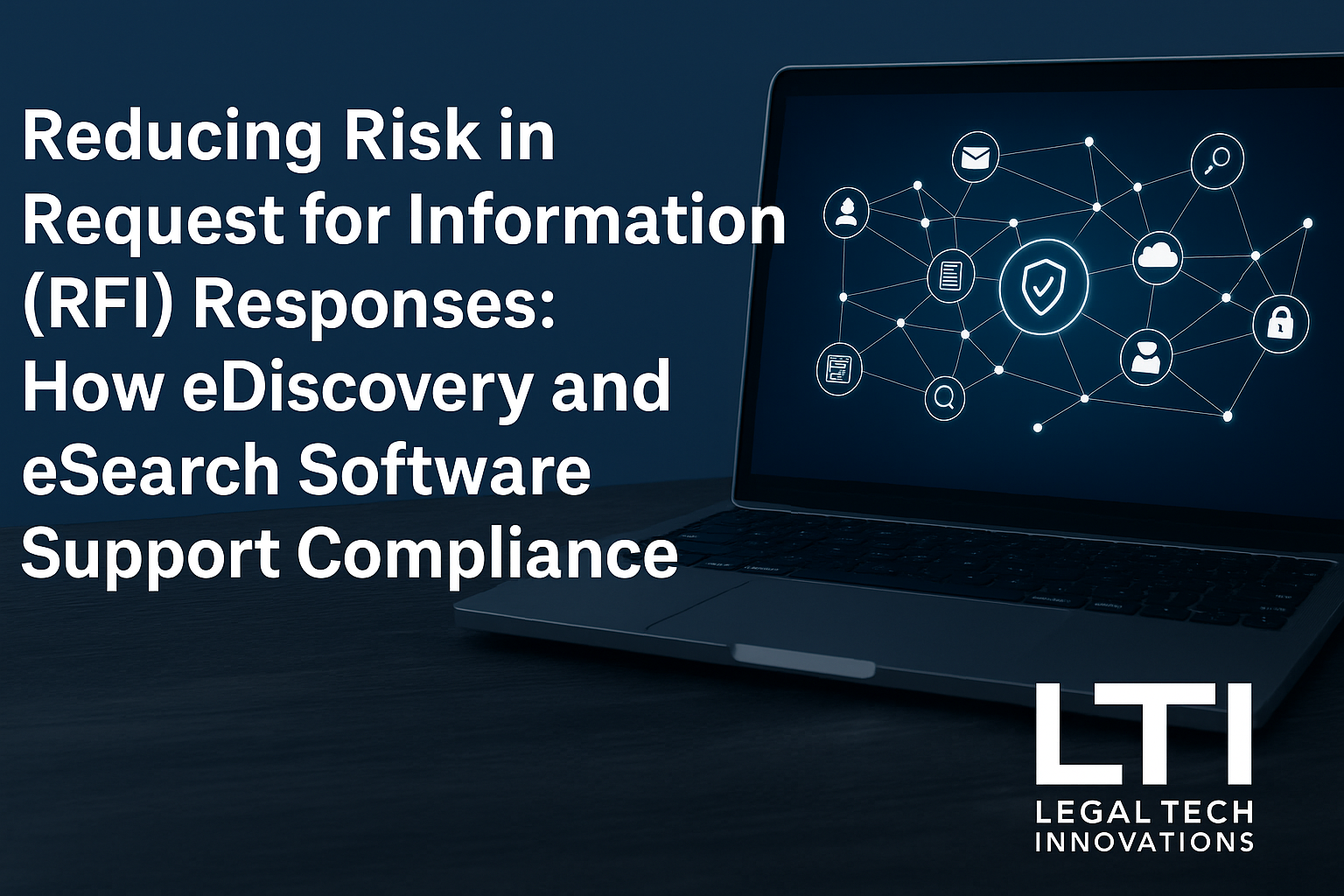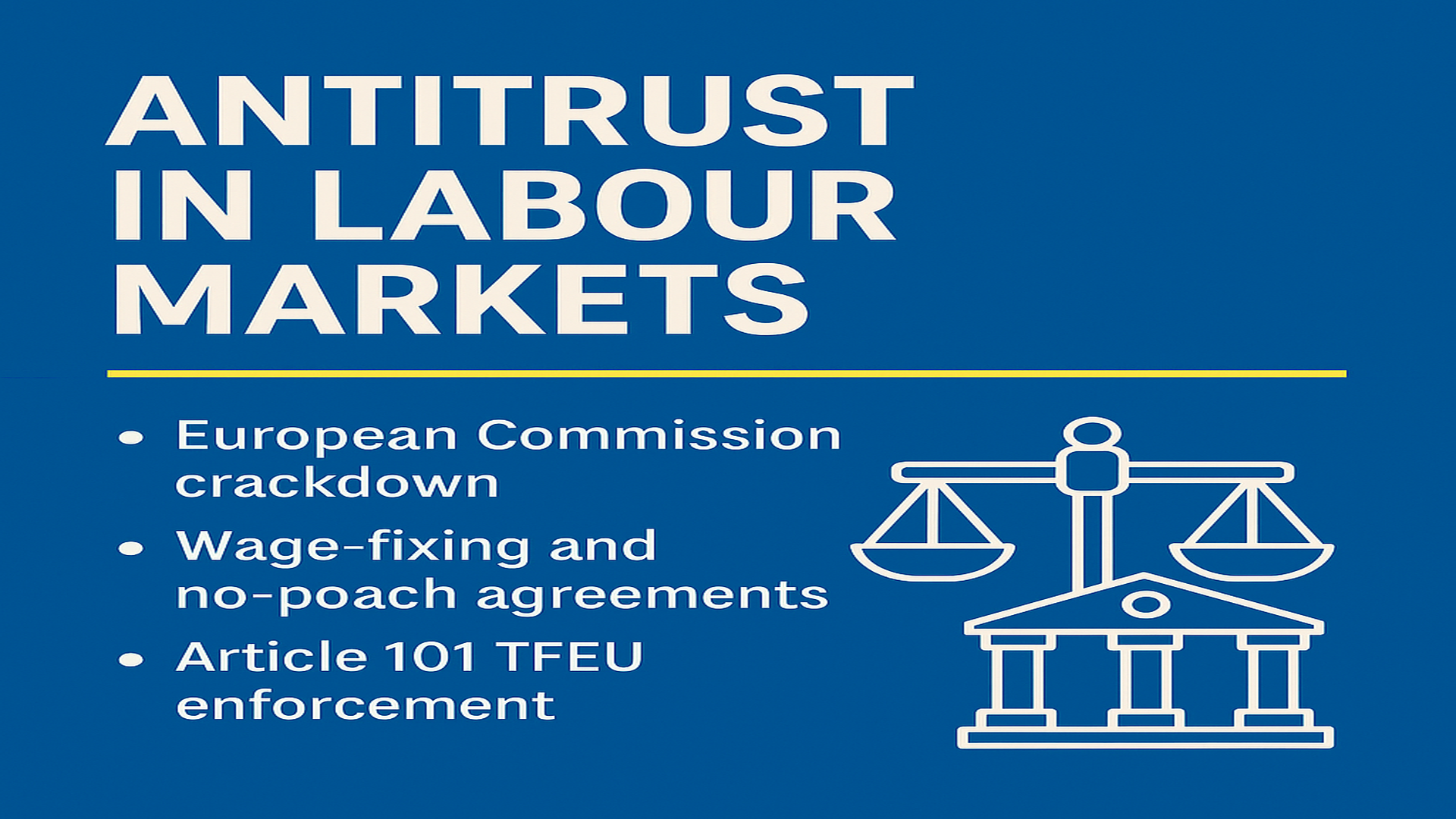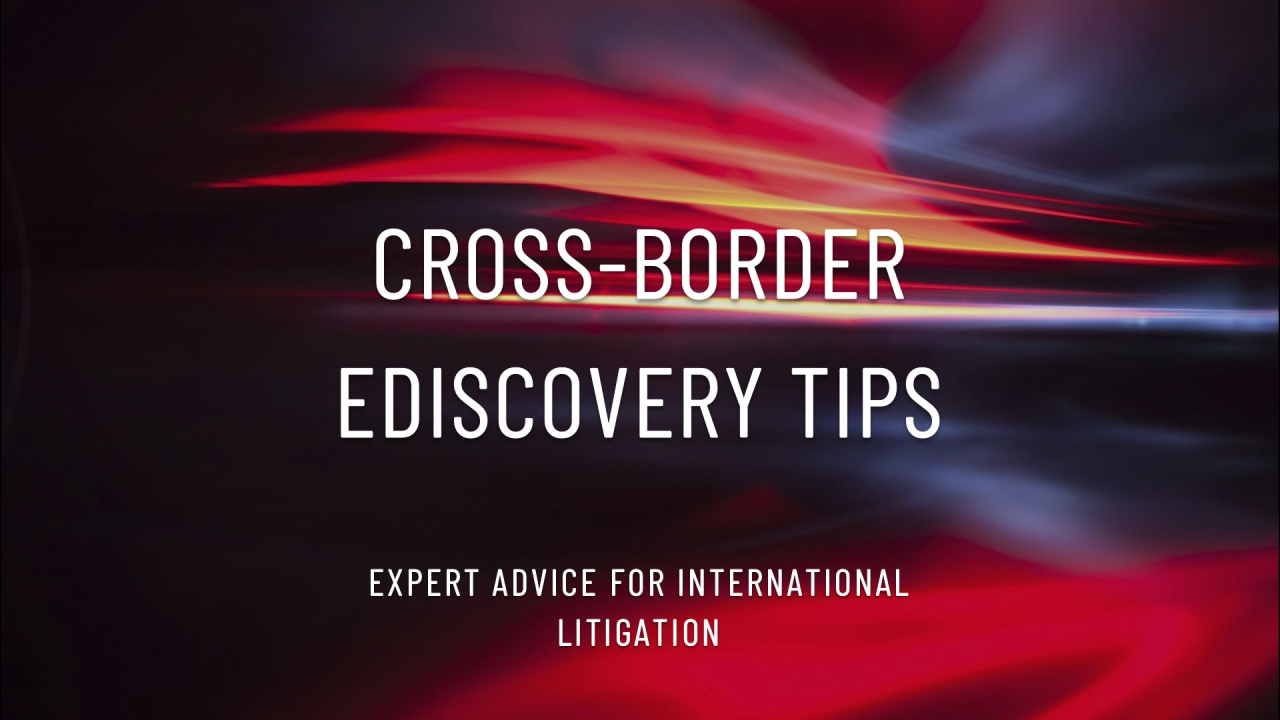Finding Evidence to Support a Leniency Application.
An EU based manufacturer engaged our law firm customer to conduct a compliance review for Anti-Competitive Practices.
A 3rd party had complained that a business unit within the company was breaching competition rules by manipulating market prices.
Twelve employees/custodians were selected from the business unit, and their email correspondence was subjected to an eSearch.
Approx. 3 Million emails/attachments were made available for searching, comprising of 1.3 Terabytes of data.
The lawyers wanted to start the review exercise by reviewing 10,000 documents, less than 0.3% of the entire document set.
By combining consulting and technology capabilities, LTI worked closely with the lawyers to create an eSearch methodology solution.
The Approach
- Four sets of searches were drafted, designed to identify multiple types of issues, customers, suppliers and competitors. Combinations of searches were linked, so a refind, scoped set of documents could be created. This scoped set amounted to approx 10% (300,000 documents) of the entire document set.
- Selecting a combination of the hottest search terms and a random sample, 1,000 documents were batched for review. This first tranche of 1,000 documents yielded a responsive (identified as responsive to competition issue) rate of 4% (40 documents).
- Using Active Learning (AL). By reviewing and classifying the first 1,000 documents, the technology started to automatically score/identify documents relating to the issues being found. The lawyers classified the responsive documents into sub-issues and the technology prioritised further documents for review. Sub-issues:
- Uncompetitive behaviour.
- Receiving or knowledge of competitor pricing.
- Market allocation.
- Correspondence with competitors on pricing, estimates and customers.
- Based on the AL scores, smaller sets of 500 documents were batched for review. 20% of the 500 (100 documents) were classified as responsive. The batching and review method was repeated a further five times and produced an average return of 8% responsive documents.
The Result
The exercise was completed under budget from a technology and review spend perspective. Still, more importantly, a significate pool of evidence had been identified which allowed the lawyers and the company to handle the infringements with the national competition authority and the employees.
If you have a project or a scenario you would like to discuss, please do not hesitate to contact us: info@legaltechinnovations.com











